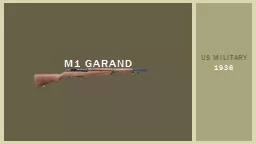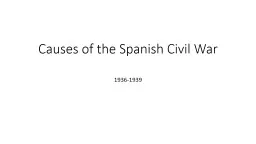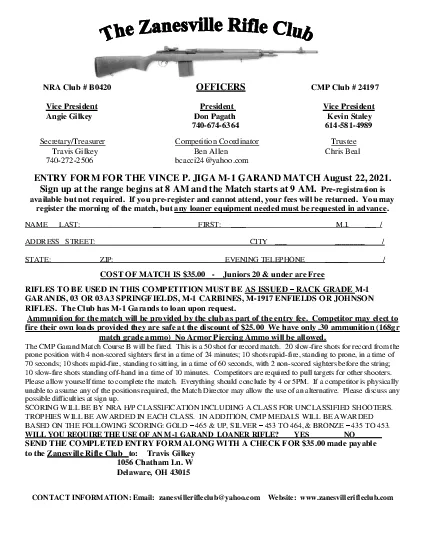PPT-US MILITARY 1936 M1 Garand
Author : heartersh | Published Date : 2020-06-23
Canadian born John Garand began working on a 30 caliber primeroperated breech Twentyfour rifles identified as M1922 were built at Springfield in 1924 Canadian
Presentation Embed Code
Download Presentation
Download Presentation The PPT/PDF document "US MILITARY 1936 M1 Garand" is the property of its rightful owner. Permission is granted to download and print the materials on this website for personal, non-commercial use only, and to display it on your personal computer provided you do not modify the materials and that you retain all copyright notices contained in the materials. By downloading content from our website, you accept the terms of this agreement.
US MILITARY 1936 M1 Garand: Transcript
Download Rules Of Document
"US MILITARY 1936 M1 Garand"The content belongs to its owner. You may download and print it for personal use, without modification, and keep all copyright notices. By downloading, you agree to these terms.
Related Documents














